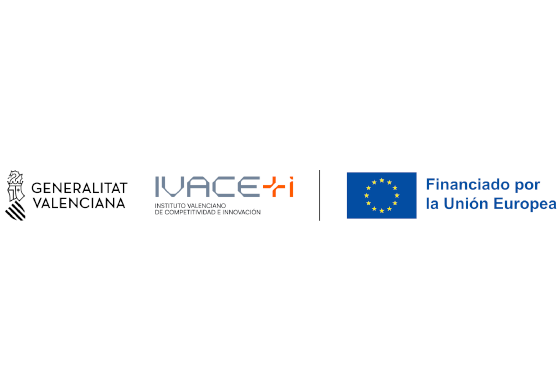Inhibition studies on the human 20S proteasome: molecular insights from a computational approach
2022-02-01
Summary
The human 20S proteasome activity and malfunction has been related to numerous diseases and has been validated as a protein target for inhibition in the treatment of cancer, being already approved the fist and second- generation inhibitors for treatment of multiple myeloma. Despite the good results in treatment observed for these compounds, the molecular mechanism of inhibition is most times unknown. Therefore, computational studies can be of great value for clarifying the mode of action of such inhibitors, leading to better understanding of the system and the improvement of the current molecules towards better new compounds in the drug design process. The present doctoral thesis is devoted to the understanding of the mode of action of the main types of covalent inhibitors currently under investigation for the 20S proteasome. For this purpose, molecular dynamics (MD) simulations with hybrid QM/MM potentials have been applied to the study of two main classes of inhibitors within the β5 active site of the human 20S proteasome. The first type of pharmacophore investigated was the α,β-epoxyketones class, where dihydroeponemicin was selected as the compound under study. The results obtained showed the differences between different possible products and demonstrated that the inhibition mechanism works in a three steps process, where the initial activation step goes through the opening of the inhibitor epoxide ring by attack of the NThr1 atom, rendering a seven-membered ring product. The second major class was γ-lactam-β-lactone inhibitors, where salinosporamide A and different analogues of this class have been studied. First the molecular mechanism of action of salinosporamide A was clarified, showing the crucial role of the Lys33-Aps17 dyad to activate the OγThr1 nucleophile and initiating the reactivity. Then the origin of the reversibility of the analogue homo-salinosporamide A was explained through the investigation of the inhibition mechanism and the possibility of ester linkage hydrolysis, showing that the nature of the reversibility has its origin in the regress of the reaction process. Finally, the S1 pocket phenyl analogue, that shows worse activity in in vitro studies than salinosporamide A was compared by computing the binding energies of both compounds by different computational techniques, and the reactivity was characterized following the same mechanism. Therefore, a set of computational tools have been applied to better understand the mode of action of these inhibitors, ranging from classical MD simulations and molecular docking to
high quality hybrid QM/MM simulations. This methodology allowed finally to characterize the free energy landscape for the inhibition mechanism of these compounds and to provide the structures necessary to analyze and understand deeply the inhibition process in the β5 active site of the proteasome, providing valuable knowledge to optimize the studied compounds into more efficient inhibitors.










